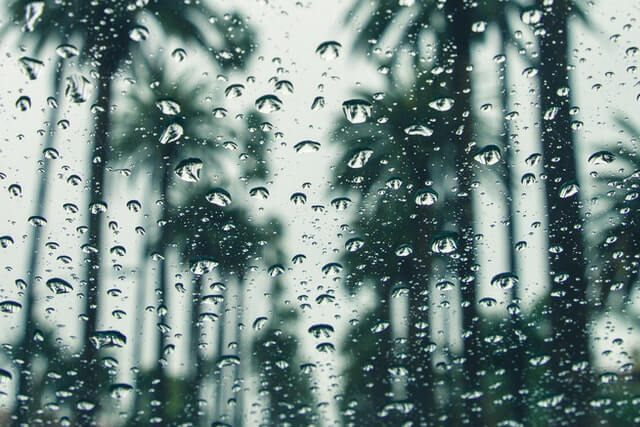According to Dr. Phil Klotzbach, an atmospheric scientist at Colorado State University, the 2020 hurricane season is going to see “above normal” hurricane activity. For Floridians, a higher than average number of hurricanes and tropical storms could mean a higher risk of hurricane damage to homes and other property.
With two named storms—Arthur and Bertha—already occurring before hurricane season even began on June 1, and another—Cristobal—breaking the record for earliest third named storm of the season, we have already seen that Klotzbach’s prediction is turning out to be accurate.
For homeowners in the Sunshine State, the critical takeaway from this news is that it’s time to prepare. These three mitigation strategies will help you protect yourself from excessive losses.
Create or Update Your Home Inventory
One of the most helpful documents homeowners can have on hand after hurricane damage is a thorough home inventory. The purpose of a home inventory is to prove the extent of any damage that occurs after a disaster. When you can support your claim with evidence, you are more likely to get the compensation you deserve. A typical home inventory includes the following details:
- A detailed description of all items of value
- Receipts, especially for large purchases like appliances
- Photos or video of the property in question before the loss occurred
The more detailed you can be with each item, the better. However, most people do not have time to create such a detailed document. In that case, it is critical to capture as much information as possible. At the very least, take photographs of each room in your home, including inside drawers and closets. Also be sure to take photos of the outside of the home from every corner and of the roof as best as you can to show the pre-loss condition of your home.
Secure the Exterior of Your Home
Most hurricane damage occurs from high winds and unsecured objects. If you can secure your home and the objects surrounding it, your home will be less likely to sustain serious damage. Be prepared to shutter your windows and make sure you have indoor storage space for items like potted plants and lawn furniture.
You should also consider trimming or removing any damaged trees on your property, cleaning the gutters on your roof, and ensuring that the storm drains on your street are free of debris to prevent flooding.
Review Your Insurance Policies to Understand What Is Covered
A standard homeowners insurance policy covers hurricane damage that affects the structure of the home. However, it’s critical for homeowners to understand that some types of damage may not be covered. For example, flooding is a common exclusion, and many people do not realize it is not covered until it is too late. Be sure to read your policy thoroughly and make sure you have a policy that specifically covers windstorm/hurricane damage. Contact your insurance agent to be sure.
Even if you do not live in a flood-prone area, it could be worth it to add coverage to your home.
As a side note, the Federal Emergency Management Agency (FEMA) announced in March that, due to hardships stemming from the coronavirus pandemic, it is extending the grace period for renewing National Flood Insurance Program (NFIP) policies from 30 days to 120 days. This extension applies to policies that expired between February 13 and June 15, 2020.
Talk to an Experienced Public Adjuster after Hurricane Damage Occurs
Are you prepared for the next big hurricane? If you need help maximizing your claim this hurricane season, get in touch with me as soon as possible.

